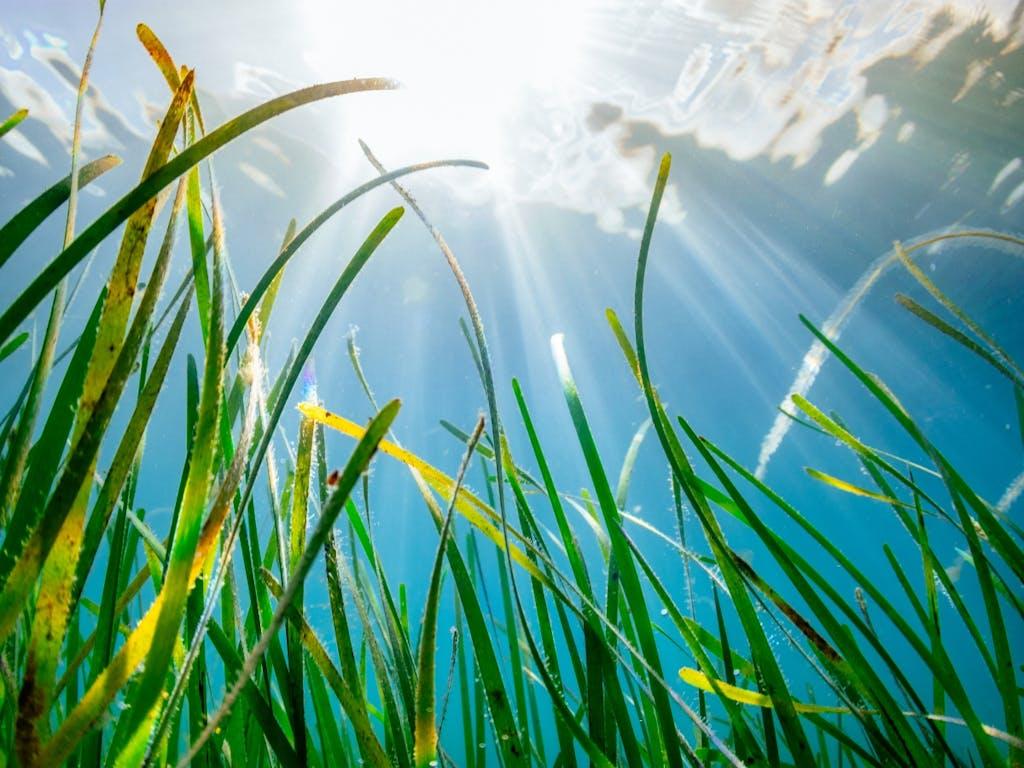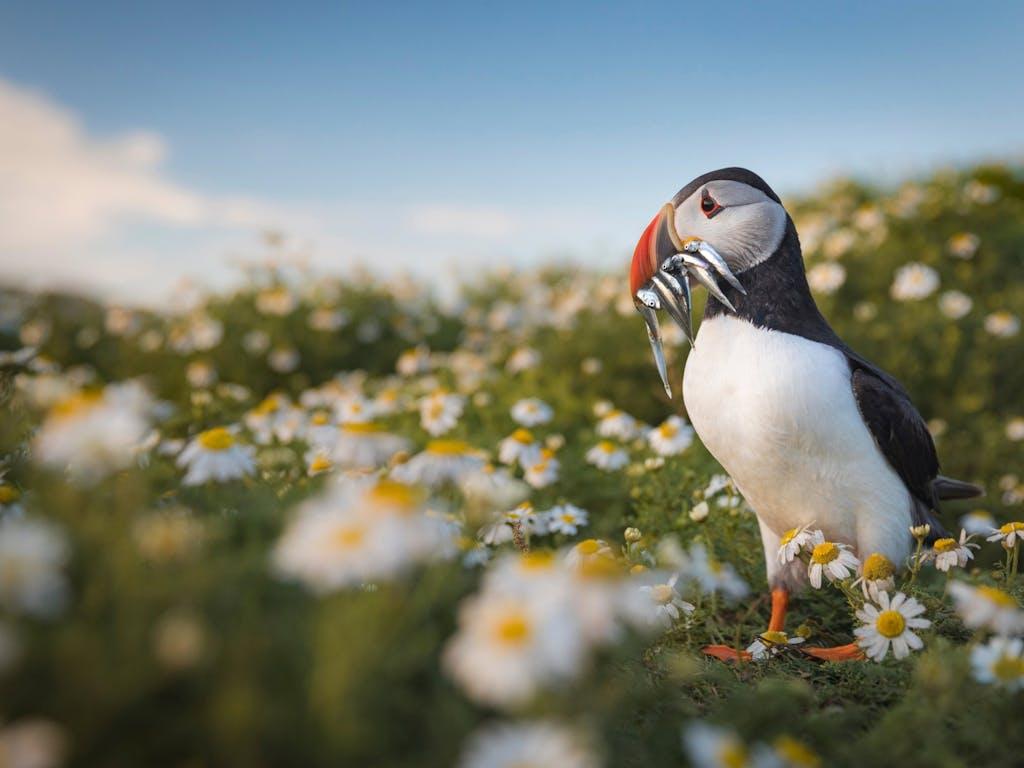Success stories – oceans


Seagrass restoration in Pembrokeshire, Wales
Restoring seagrass has many benefits: it helps improve water quality by removing excess organic material and nitrogen, supports fisheries and benefits local coastal economies, as well as helping to address climate change through carbon capture and storage.
In partnership with Sky Ocean Rescue, Swansea University and Project Seagrass, WWF are working to restore seagrass meadows in Pembrokeshire, along the Welsh coast. Together with about 2000 volunteers from 44 separate organisations, the charity has collected and planted approximately 1.2 million seagrass seeds.


Aside from being the only flowering plant that can live in seawater, seagrass captures carbon up to 35 times faster than tropical rainforests. Incredibly, though it covers less than 0.2% of the seafloor, it accounts for 10% of carbon stored in the ocean. Restoring seagrass meadows along our coastline is also good for erosion control as well as being vital for biodiversity and marine life – they can harbour up to 30 times more species than bare sediment including our two native seahorse species.
“Seagrass is a hidden wonder, something everyone should know about. It’s a fantastic life giver, a haven for wildlife, protects our coastline [and] is an amazing climate mitigator”
Dr Richard Unsworth, professor at Swansea University


Protecting puffins on the Farne Islands, England
The Farne Islands have always offered a perfect home for puffins, from abundant nesting places to protected surroundings. But worryingly global puffin populations are declining, mostly because numbers of sand eels – an essential food for puffins – are falling due to climate change and overfishing.
Extreme winds and floods are also an issue, eroding potential puffin nesting areas by causing an increase in bare patches of soil. Puffins won’t create burrows where there’s bare earth, so National Trust rangers spread seeds such as maritime grasses and sea campion to form vegetated areas for the puffins to create their burrows.


Added to the threats the Farne Islands' puffins face, 2022 brought a new challeng, as Avian Influenza devastated the seabird colony.
The National Trust keeps a close eye on the puffin population on the Islands with its annual ‘puffin count’. These counts show how puffins are faring on the islands and provide insights into any pressures they’re facing. The more the rangers discover through monitoring the puffins, the more they can protect these precious seabirds from the impacts of climate change and overfishing.
“It’s vital that we try and protect these breeding sites so that they can continue to be used by these vulnerable birds. As long as we continue to monitor the species, we can continue to gauge how the populations are doing on the islands”
Harriet Reid, Area Ranger, National Trust


Coastal re-alignment in Nigg Bay, Scotland
Saltmarshes are vitally important coastal wetlands that support biodiversity, act as natural sea defences and store as much carbon as woodlands. But these habitats are increasingly under threat. On the northeast coast of the Cromarty Firth in Scotland, Nigg Bay lost more than a third of saltmarsh between 1946 and 1997 with 93 hectares of mudflats reclaimed for development in the 70s.
A pioneering project carried out by RSPB Scotland in 2003 – one of the first of its kind in Scotland – has helped reverse the damage and recreate intertidal habitats. After reconnecting the sea and field for the first time since the 1950s by breaching the sea wall, the habitat was able to redevelop naturally with remarkable results.


As part of the project, key plants, including sea aster and glasswort, as well as invertebrates have colonised the saltmarshes more quickly than expected and are now thriving.
Today, the reserve attracts an exciting array of waders such as lapwing, oystercatchers, curlew, snipe and redshank. It’s also internationally important for wintering birds including pink-footed geese, bar-tailed godwits and pintail with 10,000 birds visiting the reserve for food and shelter at the mid-winter peak.
Nature-based solutions are a key tool in the battle to protect our climate. Nigg Bay is an inspiring example of what we can do to safeguard our nature and the benefits of this project will continue to have an impact for many years into the future.










